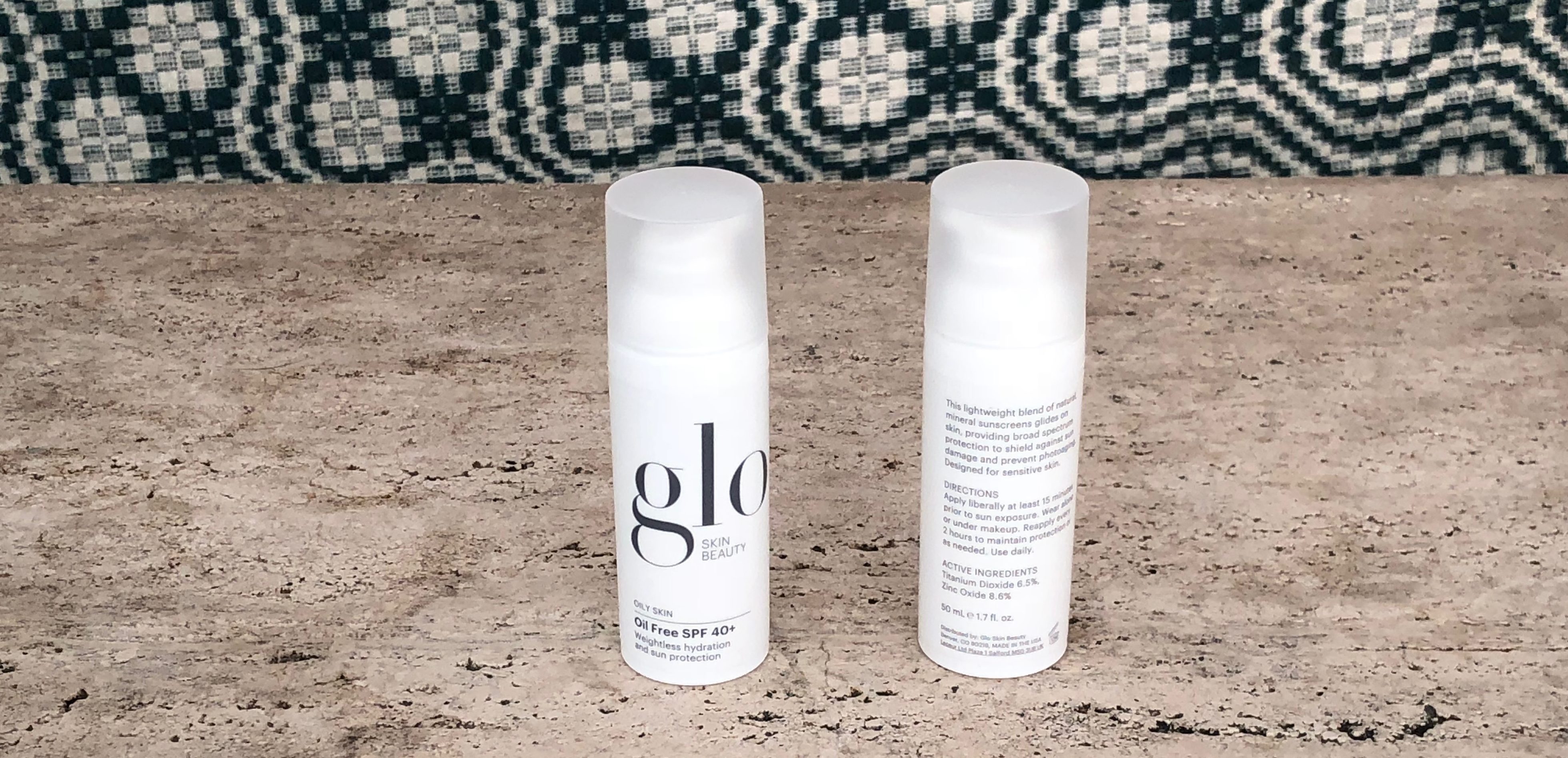
How to Read a Sunscreen Label
The sun’s rays can lead to skin damage, premature aging and skin cancer, so what if there were something you could apply daily to help protect your skin? Good thing there is: sunscreen! Making the choice to wear sunscreen every day should be a no-brainer, but selecting the right SPF product can be challenging if you don’t understand sunscreen labeling standards. Learning a few key things will make you a better shopper when it comes to protecting your skin.
Broad Spectrum
According to the FDA, only products with SPF 15 or higher and the label "broad spectrum" have been shown to help reduce the risk of skin cancer and early skin aging, in addition to preventing sunburn. Broad spectrum means the sunscreen has been proven to protect against both UVA and UVB rays. Learn the difference between UVA and UVB rays.
Sun Protection Factor (SPF)
SPF stands for Sun Protection Factor which measures how effectively a sunscreen protects the skin from UVB rays. According to the Skin Cancer Foundation, SPF 15 protects your skin from reddening 15 times longer than your skin does without sun protection. While SPF is a good indicator of a quality sunscreen, a higher SPF rating does not necessarily mean a better level of protection from the sun. In fact, no sunscreen protects you from all ultraviolet rays.
SPF 50 blocks about 98% of UVB rays, but anything above that sun protection rating adds a negligible amount of protection. No matter how high the SPF rating is on your sunscreen, it is still important to reapply at least every two hours. Don’t let an SPF trick you into thinking you can use less product less often!
Active Ingredients
The ingredients listed as “Active Ingredients” on a sunscreen label are the UV filters in the sunscreen. Some sunscreen active ingredients recognized by the FDA include: Avobenzone, Cinoxate, Dioxybenzone, Ensulizole, Homosalate, Meradimate, Octinoxate, Octisalate, Octinoxate, Octocrylene, Oxybenzone, Padimate O, Sulisobenzone, Titanium Dioxide, Trolamine Salicylate, Zinc Oxide. There are two physical (or mineral) sunscreen ingredients, Titanium Dioxide and Zinc Oxide.
These ingredients lay on the surface of the skin and reflect (or block) UV rays, acting like a mirror. Other SPF actives are considered chemical sunscreen ingredients, like Avobenzone and Oxybenzone. Once applied to the skin, instead of laying on the surface and reflecting UV rays, it absorbs them, breaks them down and releases as heat. Since physical sunscreen lays on the surface of the skin, they can be a safer option for those with sensitive skin.
Uses
All sunscreens will say "helps prevent sunburn" in the Uses section, but if the sunscreen is broad spectrum SPF 15 or higher it may also include the optional statement, “if used as directed with other sun protection measures (see Directions), decreases the risk of skin cancer and early skin aging caused by the sun.” If this statement is missing, it doesn’t mean the sunscreen isn’t broad spectrum.
Warnings
All sunscreens warn users not to use the product on damaged skin or in the eyes and to stop use if the user experiences a rash. Only sunscreen that doesn’t pass the test for broad spectrum or has an SPF rating lower than 15 will list a skin cancer/skin aging alert in this section, an indication that the product doesn’t offer sufficient protection against the sun.
Directions
Sunscreens include a set of basic instructions for how to effectively use the product. It’s important to follow these directions, applying product liberally 15 minutes prior to sun exposure and reapplying at least every 2 hours. Any water resistant sunscreen will declare how much time a person can use the sunscreen while swimming or sweating (either 40 or 80 minutes) and still get the full benefits of the sunscreen's SPF level. It's important to know that "water resistant" does not mean waterproof.
Inactive Ingredients
The “Inactive Ingredients” are the other items that make up the sunscreen formula. Dimethicone give sunscreen a smooth, soft application while Sodium Hyaluronate (better known as Hyaluronic Acid) adds hydration. Face suncare protection is the most important step in any skincare routine. Learn more about the importance of sun protection.
